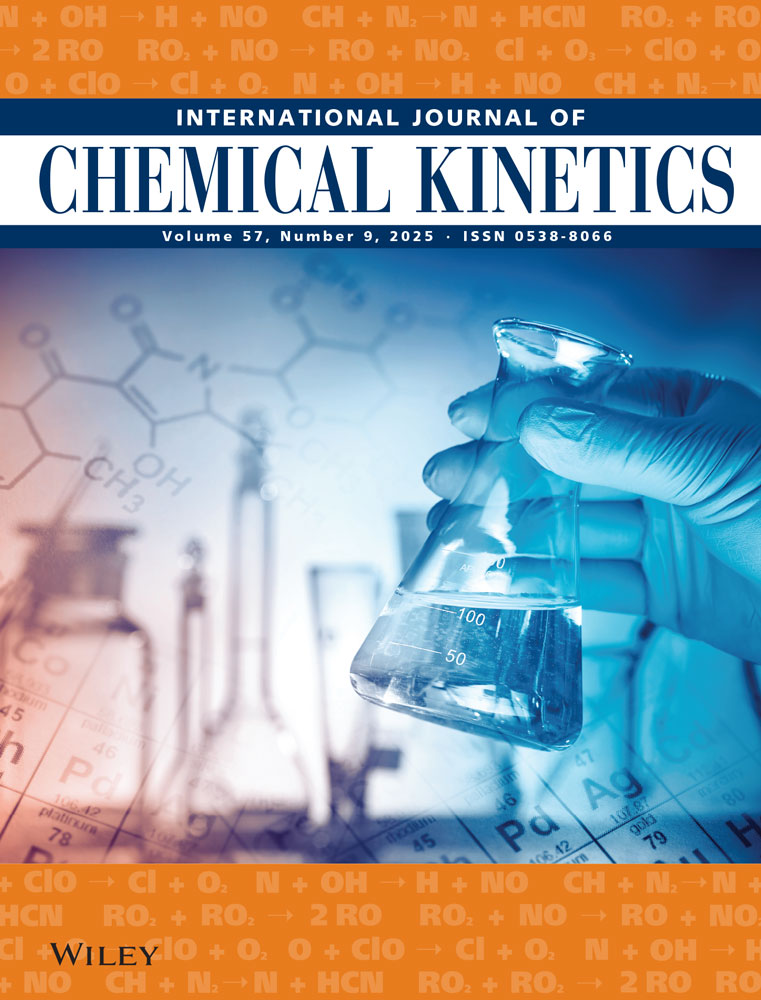Kinetics and mechanism of the oxidation of 4-methyl-3-thiosemicarbazide by acidic bromate†
This article forms part (Part 3 of 10) of a series of publications dedicated to the memory of Dr. Cordelia R. Chinake, 1965–1998. (Part 2: A Possible Mechanism for Thiourea-Based Toxicities.)
Abstract
The oxidation of 4-methyl-3-thiosemicarbazide (MTSC) by bromate and bromine was studied in acidic medium. The stoichiometry of the reaction is extremely complex, and is dependent on the ratio of the initial concentrations of the oxidant to reductant. In excess MTSC and after prolonged standing, the stoichiometry was determined to be H3CN(H)CSN(H)NH2 + 3BrO3− → 2CO2 + NH4+ + SO42− + N2 + 3Br− + H+ (A). An interim stoichiometry is also obtained in which one of the CO2 molecules is replaced by HCOOH with an overall stoichiometry of 3H3CN(H)CSN(H)NH2 + 8BrO3− → CO2 + NH4+ + SO42− + HCOOH + N2 + 3Br− + 3H+ (B). Stoichiometry A and B are not very different, and so mixtures of the two were obtained. Compared to other oxidations of thiourea-based compounds, this reaction is moderately fast and is first order in both bromate and substrate. It is autocatalytic in HOBr. The reaction is characterized by an autocatalytic sigmoidal decay in the consumption of MTSC, while in excess bromate conditions the reaction shows an induction period before autocatalytic formation of bromine. In both cases, oxybromine chemistry, which involves the initial formation of the reactive species HOBr and Br2, is dominant. The reactions of MTSC with both HOBr and Br2 are fast, and so the overall rate of oxidation is dependent upon the rates of formation of these reactive species from bromate. Our proposed mechanism involves the initial cleavage of the CN bond on the azo-side of the molecule to release nitrogen and an activated sulfur species that quickly and rapidly rearranges to give a series of thiourea acids. These thiourea acids are then oxidized to the sulfonic acid before cleavage of the CS bond to give SO42−, CO2, and NH4+. © 2002 Wiley Periodicals, Inc. Int J Chem Kinet 34: 237–247, 2002




